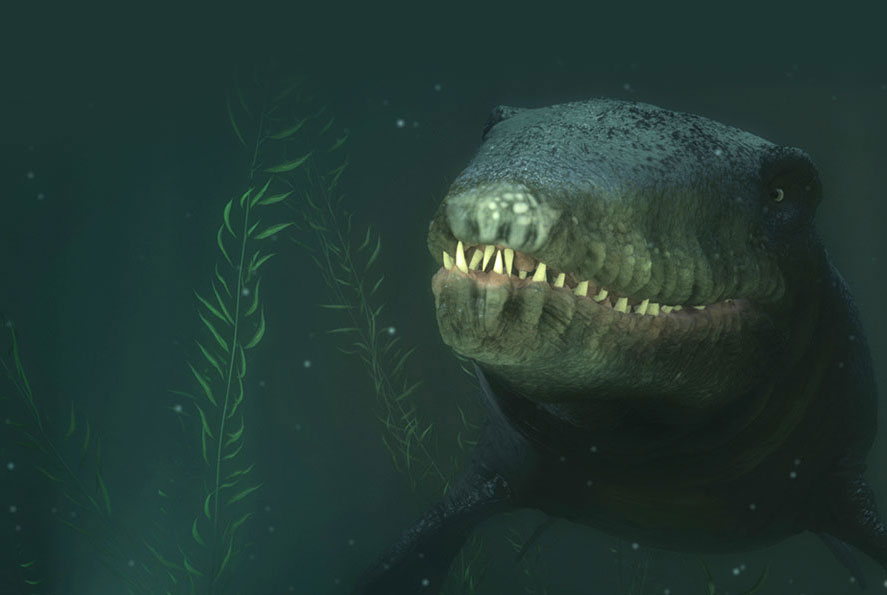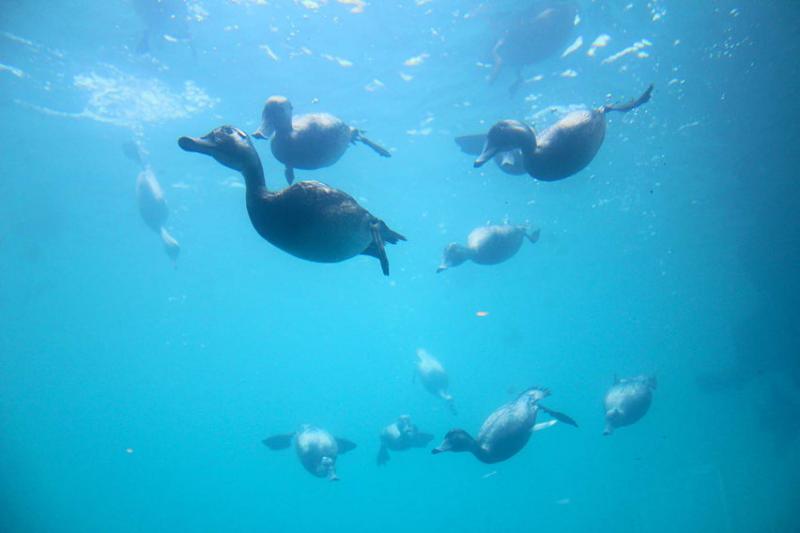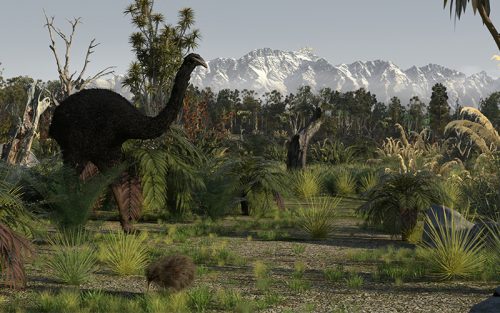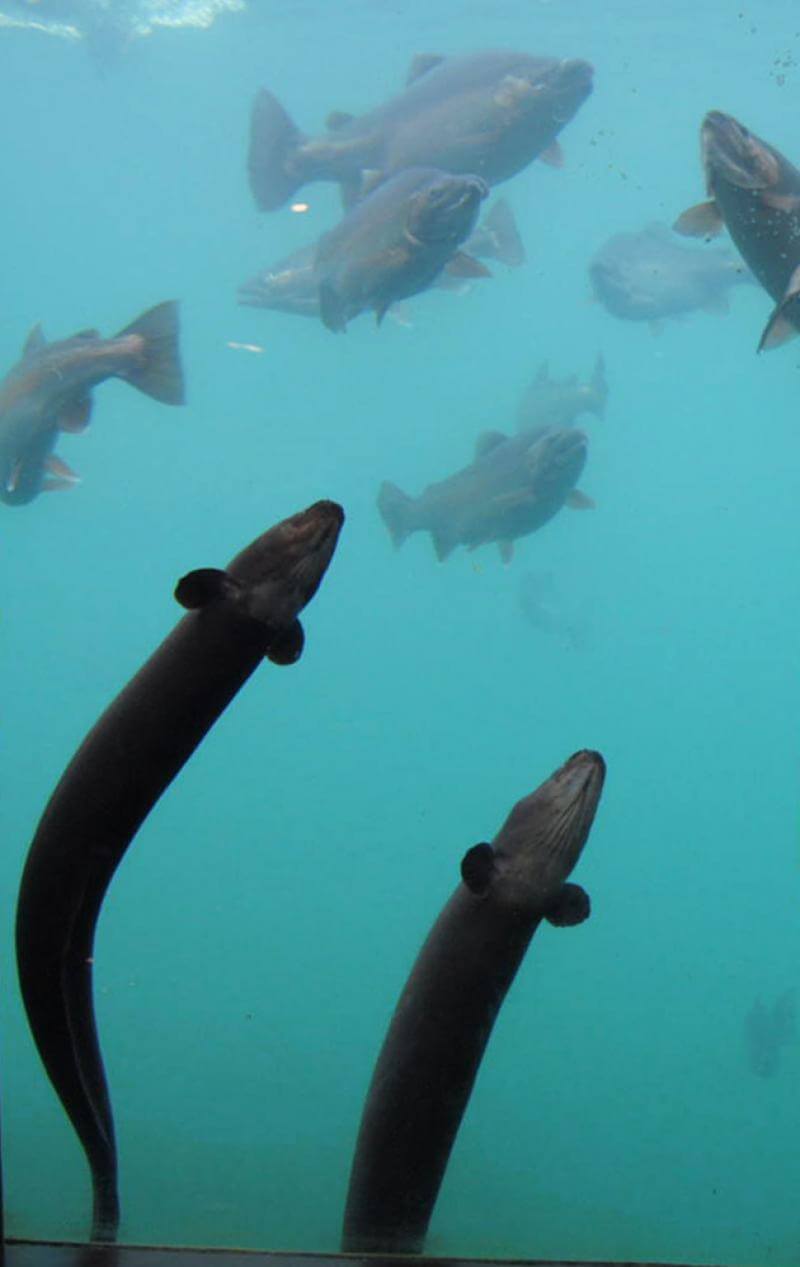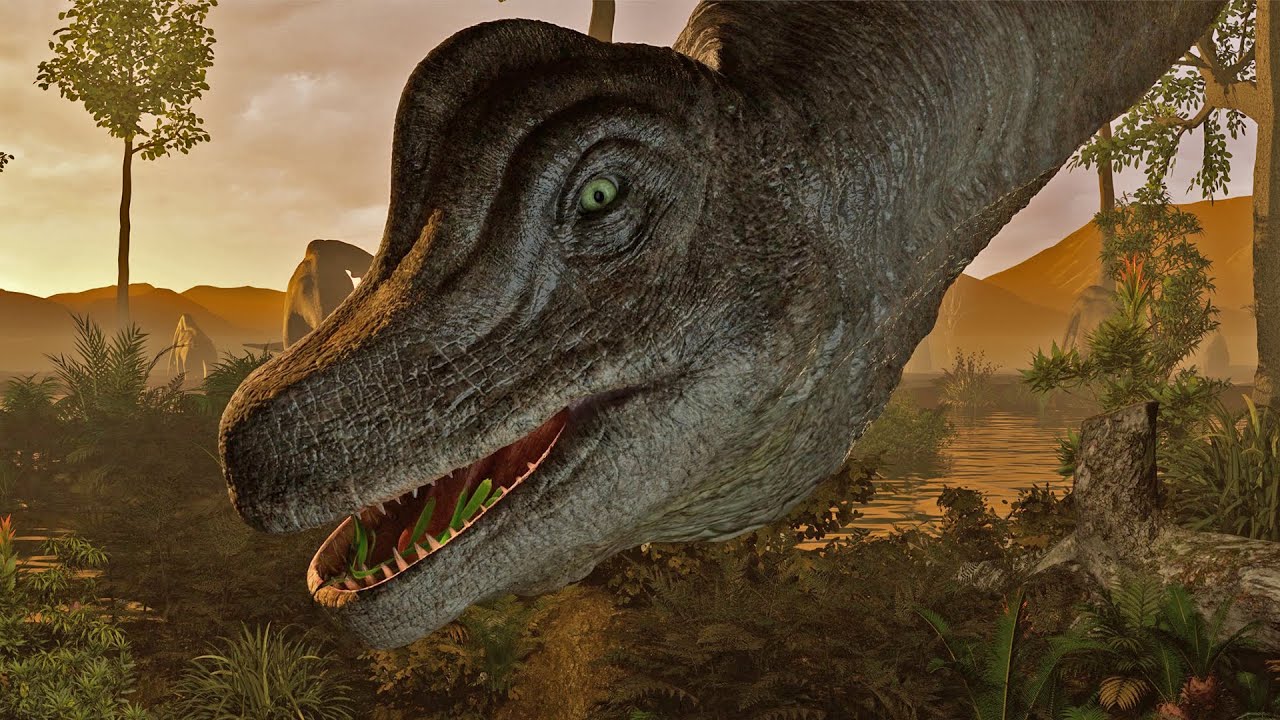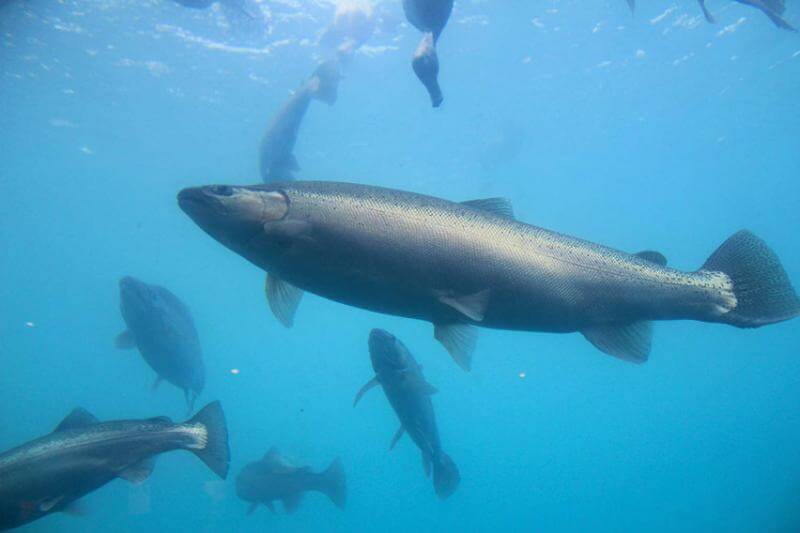August 5, 2020
What lies beneath?
The Underwater Observatory had a major face-lift in 2019 into ‘Time Tripper‘ and now includes a 12 minute animated time travel show that takes you back 90 million years
You’ll be surprised to find out what’s hidden under the surface of Lake Wakatipu and it might make you think twice before taking your next dip in the lake when you learn about the slinky eels, massive trout and Murray the Mosasaur.
Prehistoric sea-life
You’ll get to witness a Plesiosaur glide by and ‘Murray’ the Mosasaur who makes it clear he’s not happy to see us! In 1984 two fisherman at a place called Shag Point not far from Queenstown found a fossil of one of these – it’s been dated at 70 million years old.
Dinosaurs
The show fast forwards to 65 million years to the time of the dinosaurs. Ankylosaurus and Titanasaur make an appearance. All of these dinosaurs once lived on the land that makes up Aotearoa – their fossils have been discovered in the North Island around Hawkes Bay
Kiwi, Tuatara and Moa
Tuatara are reptiles unique to New Zealand which originated in the Triassic period around 240 million years ago. The Tuatara was one of the only animals that survived the asteroid that caused the extinction of the dinosaurs. You’ll get to see this friendly fella at 65 million years ago and then 750 years ago. The moa and kiwi also native to New Zealand show up during the story.
New Zealand Longfin Eel
Found only in New Zealand, these eels can live up to 90 years old and weigh up to 16kg. Most of the eels seen in Lake Wakatipu are female with an average length of 115cm – male Longfins grow to an average of 74cm and prefer to live in the lower river regions.
The New Zealand longfin eel is one of three fresh water eels found in New Zealand. The other two are the shortfin eel and the Australian longfin eel.
Longfins have poor daytime vision but an excellent sense of smell. They spend most of their lives in fresh water, travelling out to the ocean only once to spawn and die. They also have a slow reproduction rate, breeding only once at the end of their lifetime.
Scaup Duck
The scaup duck, commonly known as black teal, is New Zealand’s only true diving duck. They spend a lot of time underwater, where they can travel considerable distances.
Scaup are dark brown/black in colour. The male has a striking yellow eye and a dark coloured teal head. The female is similar to the male, but without the yellow eye and has a white face patch during breeding season. When in flight a white wing bar can be seen in both sexes.
They can dive up to 8 metres deep and stay underwater for up to 45 seconds. Air trapped in their feathers makes their dark plumage look silver when underwater.
The scaup, being a native bird, is fully protected in New Zealand.
Rainbow & Brown Trout
Most of the fish in Lake Wakatipu are rainbow trout. They live up to 9 years of age and weigh about 1-2kg but can reach in excess of 5kg. Rainbow Trout have small spots on their upper back and tail, and white tips on the fins.
Brown trout can be identified by their larger spots and brown/gold colour. They live up to about 15 years of age and weight between 2-3kg. Brown trout congregate around the lake edges and feed on insects from nearby vegetation.
Trout were introduced to New Zealand over 100 years ago – the rainbow trout from USA and Brown trout from Europe.
Trout are territorial fish, so the trout that you see at the Underwater Observatory may well stay here for the rest of their lives. Many will leave for a few weeks during the winter to travel up the rivers to spawn, but most of the fish will return after spawning.
Chinnook Salmon
Chinnook salmon also known as quinnat salmon are native to the north-west coast of north American, and north-east Asia. Male and female species have different colouring. The female is silver in colour with black spots along the back and the male is orange/brown in colour with black spots along the back. Males also develop a large hooked jaw near spawning.
Most chinook salmon in New Zealand weigh between ten to fifteen kilograms and are up to a metre in length. Some individuals can be substantially larger than this and chinook salmon in their native range are known to reach a metre and a half in length with the largest salmon on record having been caught off the coast of Alaska and weighting in at 59 kilograms. Lake salmon do not grow as big as anadromous (sea run) salmon.
Dolphins
We do get asked quite regularly if there are any dolphins in the lake. Dolphins are primarily a salt-water dwelling species of mammal and as the lake is completely fresh water land locked there are no dolphins, or whales living in Lake Wakatipu, however, you will possibly be able to see dolphins if you go on a cruise in Milford Sound.
If you keep eyes peeled you might see an orange shark or two diving in and out of the lake during day time hours!
You can view Lake Wakatipu’s inhabitants at Time Tripper Queenstown located on the Main Town Pier; one of the best value attractions in Queenstown.
Want to Jet boat in Queenstown with the world’s first? Book now!

